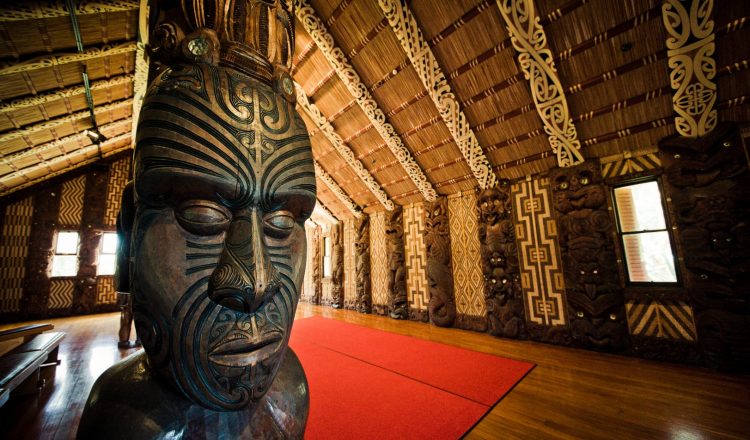Introduction To New Zealand Culture
Despite having a population of just under 5 million, New Zealand has one of the most unique and diverse cultures on the planet. With such a broad and dynamic range of cultures existing together, it would be easy to assume that there could be some friction between the demographics. However, as New Zealand has modernised, this has proven to be far from the truth.
The People of New Zealand
Due to its geographical remoteness, New Zealand was one of the last areas on Earth to be inhabited by humans. The first settlers were Polynesians who arrived in the late 1200s. Their traditions developed into the unique Maori culture as they spread around the New Zealand archipelago, making the most of the diverse natural resources at their disposal.
The next wave of settlers were Europeans that travelled across the globe to reach their new home, mainly in the 1800s. Sometimes referred to as Pakeha by the Maori, these Europeans now make up the main demographic on New Zealand. Although the European and Maori populations had their share of differences and disagreements, over time, a positive relationship has developed. Most noticeably after New Zealand gained its independence from the United Kingdom in 1948 and the cultures of these two people groups infused.
Kiwi Culture
These united New Zealanders or ‘Kiwis’, have become known for their open-mindedness and progressive outlook towards politics and culture. New Zealand was the first country to allow women the right to vote in 1893 and has continued to show its willingness to prioritise fairness and inclusivity within its borders. However, the people of New Zealand aren’t just known for their fairness, but also their friendliness and pragmatism. With many Kiwis just a few generations away from their pioneering ancestors, the hard-working attitude and willingness to help others has stayed strong as the people of New Zealand have gone into the modern age.
It’s this welcoming, friendly outlook at has led to New Zealand becoming a real melting pot of cultures, and not just Maori and European! In recent years there has been significant growth in the Asian demographic within New Zealand. Most of these Asian New Zealanders have found they have a lot in common with the existing culture of New Zealand, specifically culture with a Maori influence. Emphasis on valuing elders, welcoming strangers and in the case of some South-East Asians, even the dance traditions are reminiscent of home.
The critical component to the success of this open and diverse Kiwi culture is sharing. Sharing arts like dance, sculpture and literature, sharing values and even sharing language. Kiwis exemplify this in New Zealand’s National Anthem, ‘God Defend New Zealand’. The song is sung in both English and Maori demonstrating the togetherness of the people.

















































